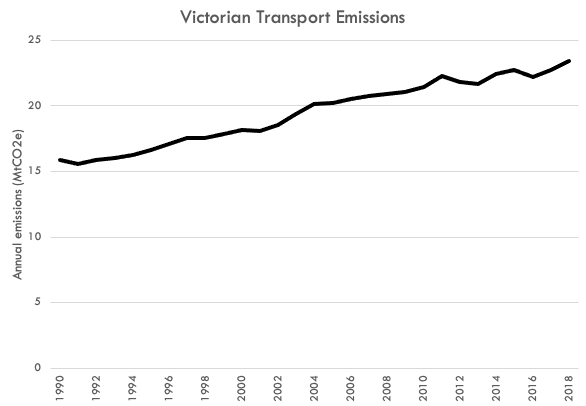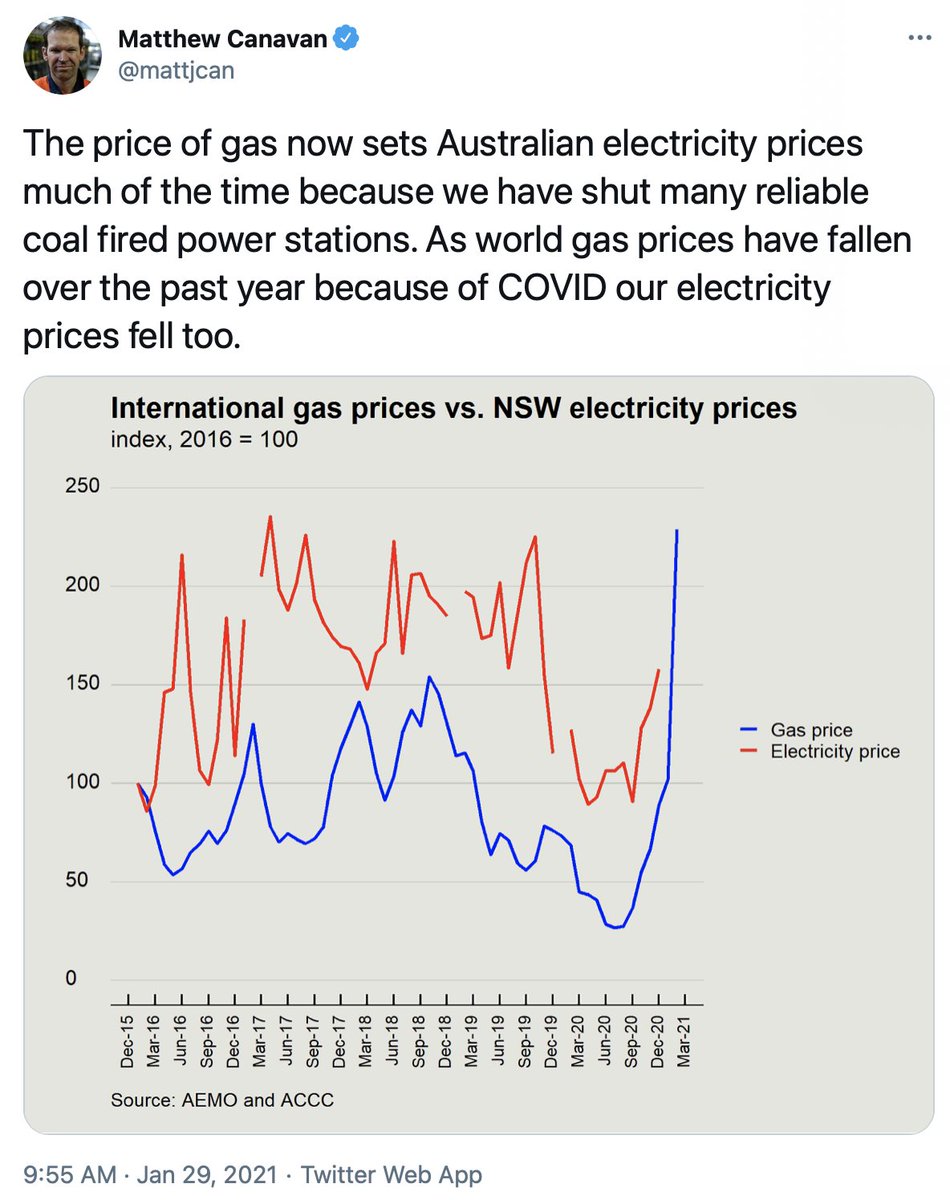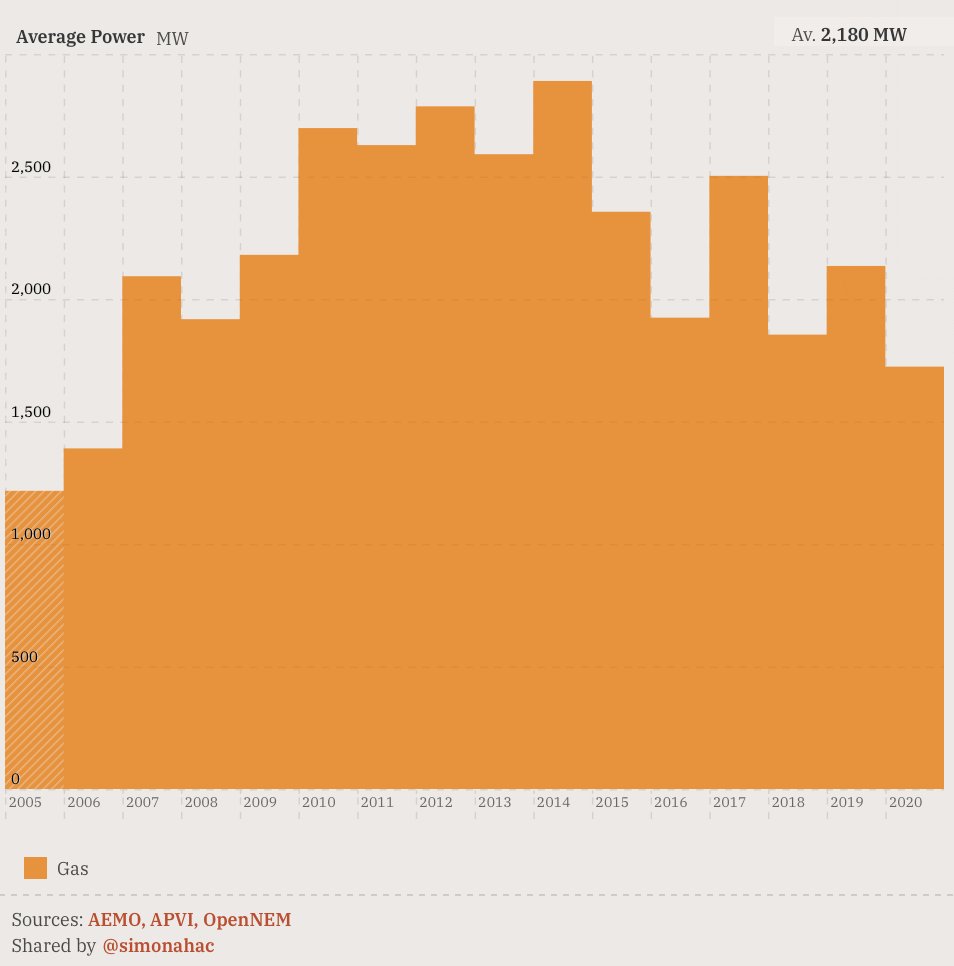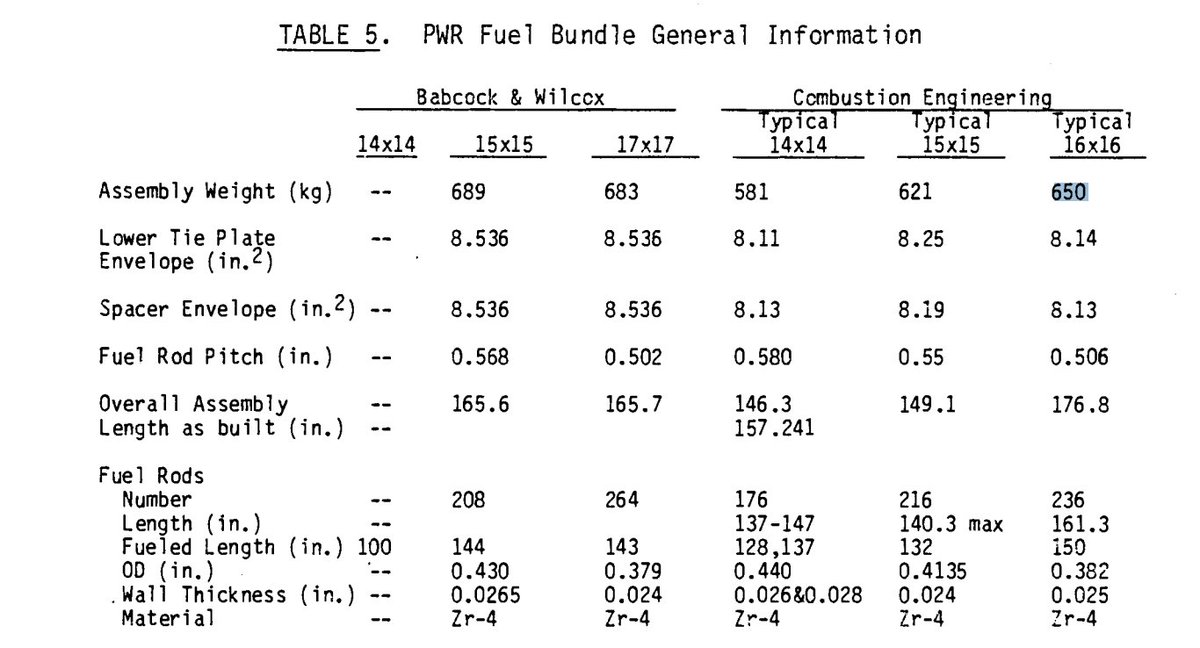
🤓 heard the one that there are few ongoing jobs in renewables?
turns out it's nonsense.
@UTSISF's detailed 2020 report, based on AEMO projections, shows the renewables sector provides a good and growing number of good, secure & regional jobs… 🧵
uts.edu.au/research-and-t…
turns out it's nonsense.
@UTSISF's detailed 2020 report, based on AEMO projections, shows the renewables sector provides a good and growing number of good, secure & regional jobs… 🧵
uts.edu.au/research-and-t…
RE sector has 2 arms — construction and operations.
construction jobs will continue for decades. currently construction outnumbers operations, but as fleet grows operations becomes the majority.
i added the red line, coal power jobs.
RE already employs more than coal power.
construction jobs will continue for decades. currently construction outnumbers operations, but as fleet grows operations becomes the majority.
i added the red line, coal power jobs.
RE already employs more than coal power.

(this chart does not include jobs in building new 'poles and wires', bioenergy, professional services, renewable hydrogen, mining inputs for RE [e.g. nickel, lithium, cobalt, rare earths] or industrial expansion arising from comparative advantage in energy-intensive industries.)
currently in australia, coal power generates ~twice as much energy as renewables.
…and coal power employs ~twice as many _ongoing_ jobs as renewables.
in ~5 years when renewables match coal power generation, the number of ongoing jobs in both sectors will be ~equal.
…and coal power employs ~twice as many _ongoing_ jobs as renewables.
in ~5 years when renewables match coal power generation, the number of ongoing jobs in both sectors will be ~equal.

…and by the early 2030s, ongoing jobs in RE will eclipse jobs in coal power.
the charts following are for the whole sector — construction & operations.
here are the skills required (as percentage).
these are _good_ jobs.
the charts following are for the whole sector — construction & operations.
here are the skills required (as percentage).
these are _good_ jobs.

…and these new jobs are created in new areas.
(nb. the scales for the two maps are different, so the darkest colour on fossil fuel map represents 1000–2000 jobs, while the darkest colour on the RE jobs map represents 7000–12000 jobs. ie. ~6x as many for the same colour.)
(nb. the scales for the two maps are different, so the darkest colour on fossil fuel map represents 1000–2000 jobs, while the darkest colour on the RE jobs map represents 7000–12000 jobs. ie. ~6x as many for the same colour.)

so, please keep this thread handy… the next time someone tells you there aren't many jobs in renewables, you can be confident that:
there are already more jobs in RE than coal power in australia, and will soon be more _ongoing/operations_ jobs.
h/t @UTSISF / @seamonkyzzz
there are already more jobs in RE than coal power in australia, and will soon be more _ongoing/operations_ jobs.
h/t @UTSISF / @seamonkyzzz
• • •
Missing some Tweet in this thread? You can try to
force a refresh

















